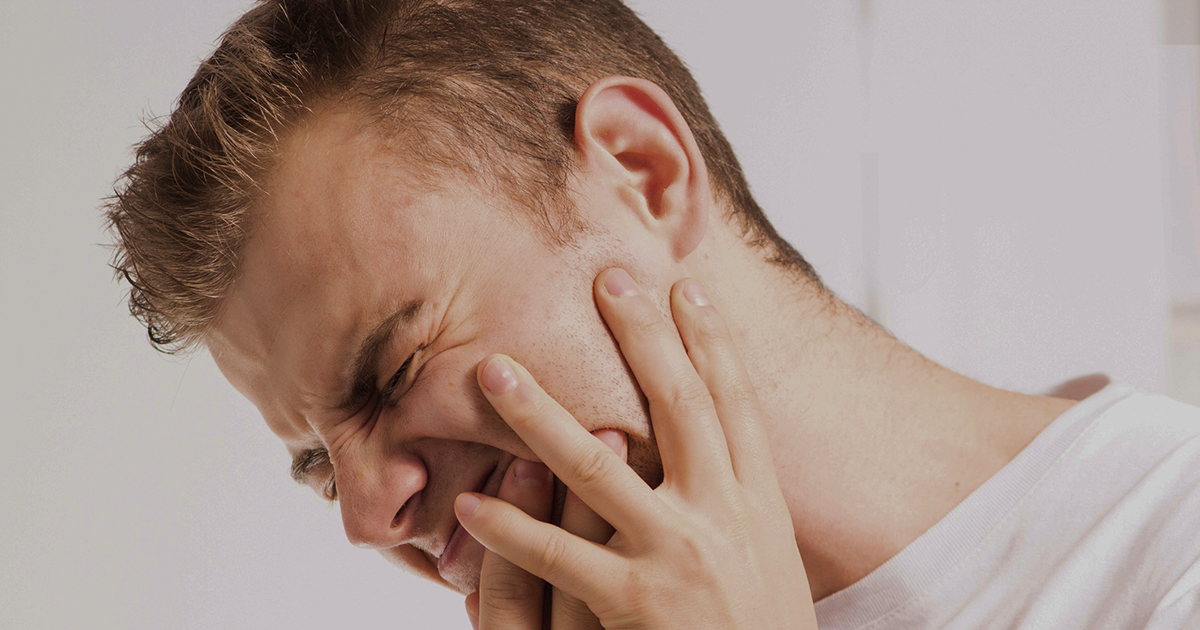Symptoms Of Temporomandibular Joint Disease
The majority of individuals don't think about their jaw every day. However, if you suffer from temporomandibular joint (TMJ) disease, you may be acutely aware of the importance of a fully functional jaw to your overall health and wellbeing. Your jaw is essential to eating, drinking, and communicating, and loss of movement or pain in this area can severely limit everyday activities. Temporomandibular joint disease can manifest as a variety of symptoms ranging from jaw tenderness and pain to around the ears to trouble chewing. Get to know the characteristic symptoms of this condition now.
Jaw Pain And Tenderness

Temporomandibular joint disease may manifest as jaw pain and tenderness. Those suffering from this condition may experience a general, persistent pain the face, particularly around the jaw. However, pain and tenderness may not be restricted to this area and may radiate outward to the face, neck, and shoulder on one or both sides of the body. TMJ disease sufferers may feel this dull pain when chewing, eating, or talking, or may feel tenderness when applying pressure to the skin around the jaw. Tenderness may be accompanied by swelling on the face near the jaw joint, but the severity of swelling can vary widely from individual to individual.
Learn about more of the potential symptoms of temporomandibular joint disease now.
